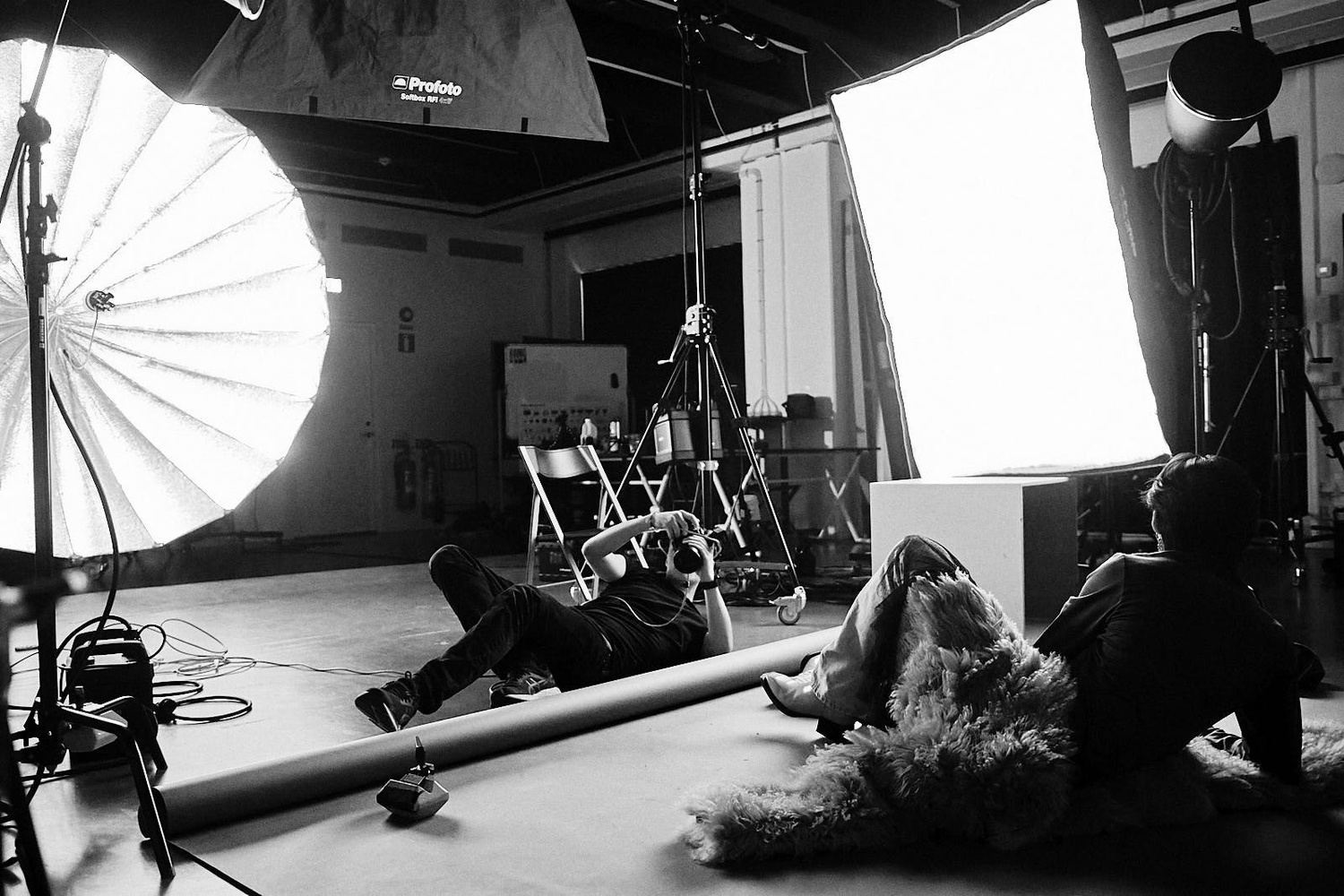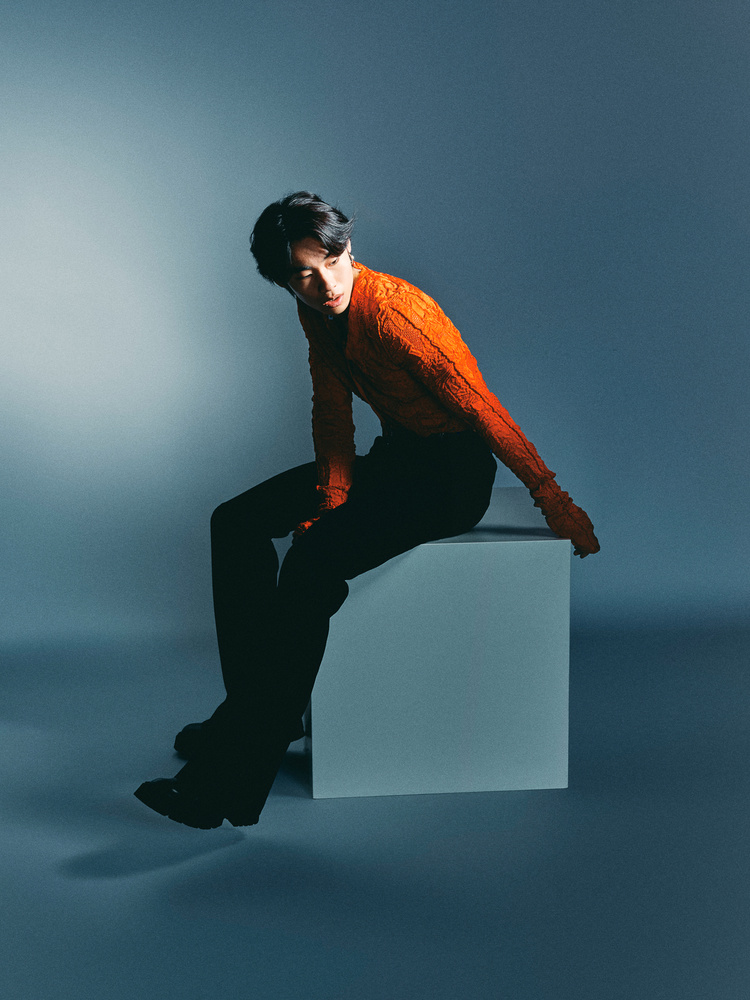Being quite young and eager to be a photographer, I received tons of advice from all sorts of people. Everything from "quit right now" to "pretend to be someone who you’re not." Between these extremes, I had some decent, but also some horrible advice. In this article, we will look at the worst things I was advised.
Stick to the Rules
There are a lot of made-up but also valuable rules in photography, everything from how to light a face to the rule of thirds. I was told by quite a lot of people that my composition and lighting were wrong and did not follow the rules. In reality, rules are nothing more than helpful guidelines that can make your images more visually appealing, but breaking them can make them equally as good. You need to know the rules but also when to break them. In essence, a rule is a restriction in one form or another. Restrictions bound your creativity. I strongly believe that restricting creativity is a direct form of its destruction. You should encourage creativity and push those very boundaries.
Embracing unconventional compositional techniques can be a good way to discover your own style and touch. Don’t be afraid to create "wrong" images if they look right to you. By focusing on your own journey rather than a predetermined path, you can become a fantastic photographer known for their style. While it is important to understand the rules, I discourage being bound by them. True creativity emerges when you go above and beyond.
Here Is a Light Setup
Light setups are useless. This is a fairly strong opinion, I know, but it has solid grounds to back it up. The great thing about light setups is that they give you a quick solution to a possible lighting problem you might experience on set. It is fairly easy to follow a guide on YouTube to get the desired result. However, you can't take your lighting further. I often see photographers who follow light setups simply sticking to the same thing over and over again. This is all well and good if you are a hobbyist who doesn’t want to experiment with lighting. However, this becomes a problem when there is a client who wants a particular look and aesthetic that you have no idea how to achieve. Then, you need to think like a problem-solver and find a solution to the challenge your client has put in front of you. It is more or less obvious that you simply can't learn lighting by just copying light setups from YouTube. So, my best advice is to get off YouTube and learn lighting in a way that allows you to solve problems and light with intention. Soon, I will have a whole course on lighting released, so stay tuned for that.
Shoot What’s Trendy and Popular
While you need to have the appropriate cultural understanding and zeitgeist to create work that resonates with the modern landscape, it is simply boring to shoot what is trendy at the moment. Trends come in many forms, and there are both bad and good trends. I love writing articles that analyze bad trends in photography. While it is not a problem to shoot a trendy subject in photography, such as leather mini skirts in fashion, it is a problem to copy the same style that you see every photographer on Instagram has. While your photography should be in touch with the current trends when it comes to the subject choice and aesthetic, it should not be a copy of what everyone else is doing. Think of things such as neon lights, lens balls, masks, smoke bombs, and other corny things. While it will bring temporary attention, mostly from people who are not your actual clients, it won't actually let you discover your own way of seeing the world. 
Get This Amazing Expensive Gear
Getting gear is inevitable when being a photographer, but you can easily get caught up in buying this and buying that all the time. I encounter far too many photographers who spend their savings on gear and then sit with no clients. Listen, just because you own a Canon 1D X Mark III, doesn’t mean you are shooting the next Olympics. It’s like driving a car. You can buy a Ferrari, but it won't make you the next Michael Schumacher. Photographic skill is the only component that will help you improve and book more clients. Instead of getting expensive gear, how about focusing more on learning and developing your skill?
Move to a Big City
Moving can be a great decision and can, in fact, help you develop your career. However, the bigger the market, the harder it is to get to the top of that market. See where I am going? If you are fortunate or unfortunate enough to be a small-city photographer, you can climb to the top much faster than in a big city. The opportunities are not nearly as great, but every small city is connected to a big one in one way or another. If you are connected with the top agencies and clients in your small market, they will immediately place you higher on the ladder in a bigger city. It is very easy to stagnate in a small market, and if you’re sensitive enough to notice this, that is the right time to move. For example, having started in Hungary, I was able to climb very quickly and get in touch with some of the top people locally. Through this connection, I ended up getting some fantastic connections abroad, which allowed me to travel and start higher than others in the same market. Besides, a small market is more lenient towards mistakes as it is more personal than a big market. Word gets around in any case, but in a small market, you may know the important people by their first names, which will give you a bit more freedom to experiment and make errors (within reason).
Closing Thoughts
So, there you have it. These are some of the worst pieces of advice I've heard as a photographer.
Don't buy expensive gear, stay small and humble at the start, rely on real knowledge of lighting, shoot what's popular in your own style, and break the rules.
What is some horrible advice that you've heard? Did you end up following it? Let us know in the comments!







Yeah, older gear requires more work to pull 100% of it to meet the nowadays requirements on the market, while more expensive but recent gear makes job easier during and after shooting. It doesn't need to be the most expensive gear available, just recent with latest AF can make the huge difference.
Shoot What’s Trendy and Popular
Trendy and popular applies to editing too. It's disheartening to see decent photos with the overused orange and teal look. It gets very boring seeing white tones in photographs with that teal tint. Same goes for photos that have a sort of dirty brown/yellow colour tone to them.
I respectfully have to disagree with the one about lighting setups. Or maybe it just needs a bit of further explanation. I have found that there are some really great photographers on YouTube that have some great lighting setups for hobbyists and professionals alike. I am thinking (and maybe hoping) that what you meant was for people to NOT use these as their only setups. But what they are is a great place to START your experimentation.
For example, take a single light with a reflector setup for food photography and then move the reflector around and play with the power of the light and change up the aperture and shutter speed and see what happens. That's one way to learn lighting. And even after taking your lighting course, we can use your setups as STARTING points for our continuing growth and learning!
Teaching the rule of thirds (and everything else) don’t let the rule of third’s rule you 🕶️